Kirkland Jewelry's Guide to Gemstones

-

Alexandrite
Green in sunlight. Red in lamplight. Color-changing alexandrite is nature’s magic trick.
-
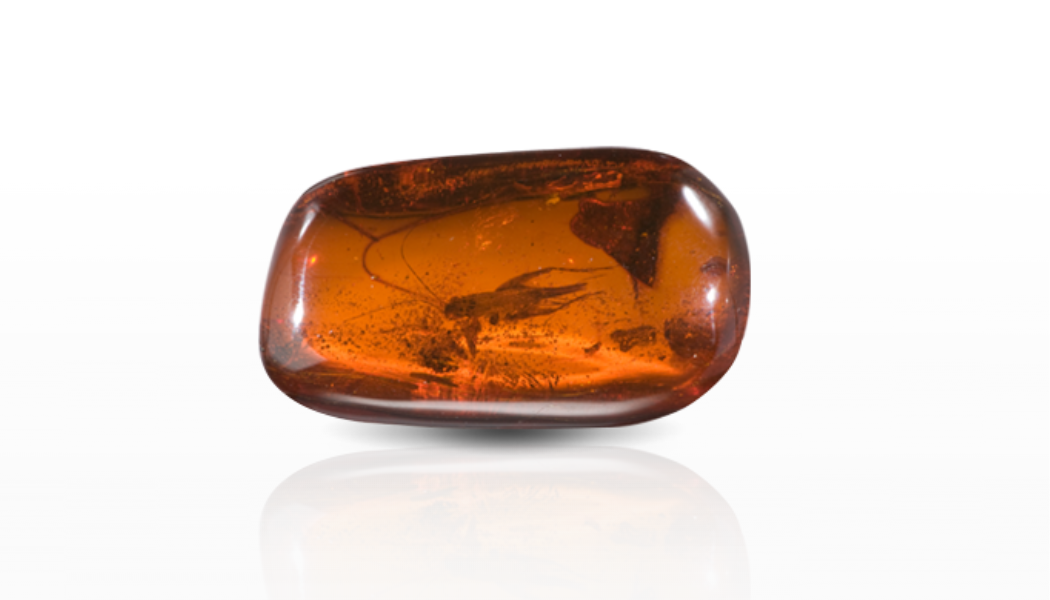
Amber
Amber is nature’s time capsule. This fossilized tree resin contains remnants of life on earth millions of years ago.
-
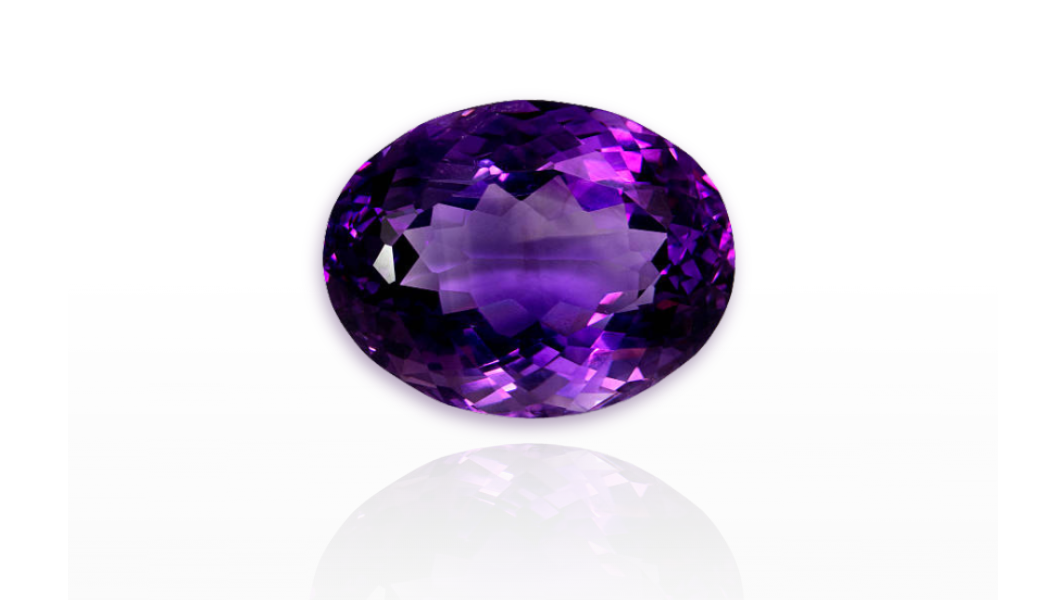
Amethyst
The essence of the color purple, amethyst is beautiful enough for crown jewels yet affordable enough for class rings.
-
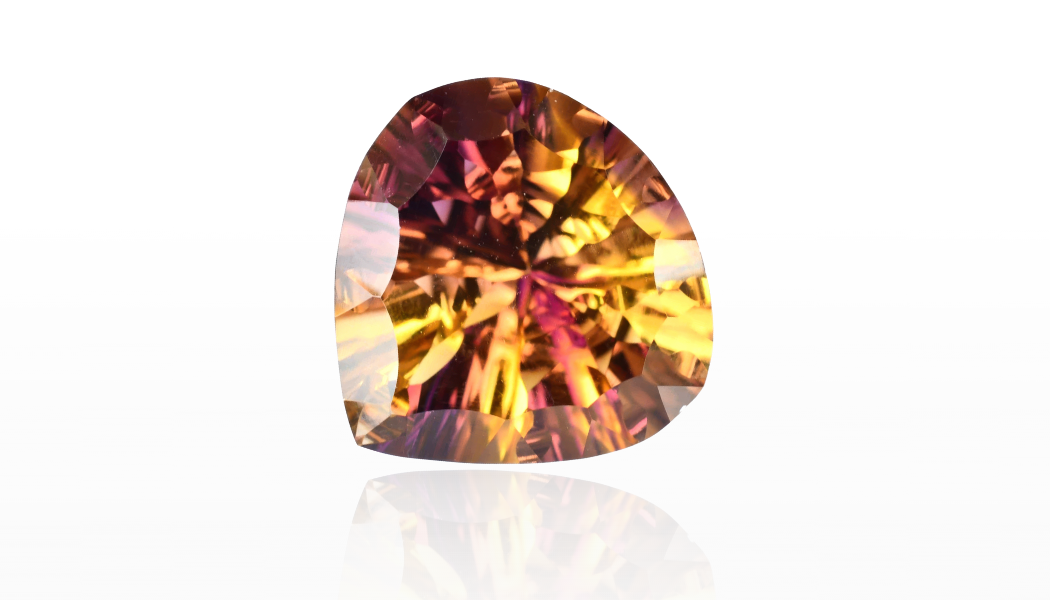
Ametrine
This transparent quartz has colors of both amethyst and citrine, and is called ametrine or amethyst-citrine.
-
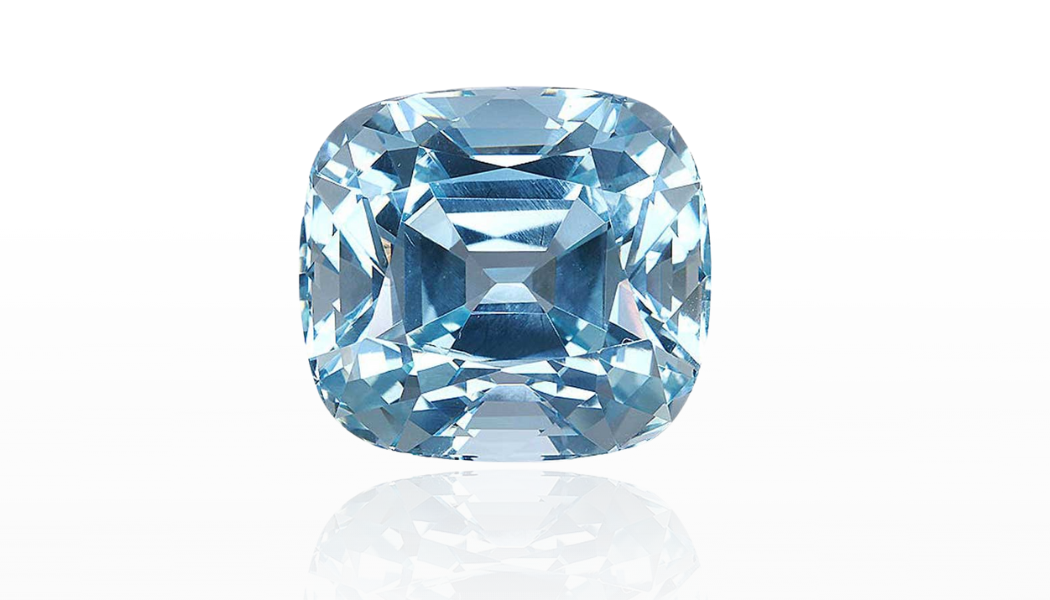
Aquamarine
Named after seawater, aquamarine’s fresh watery hue is a cool plunge into a refreshing pool.
-
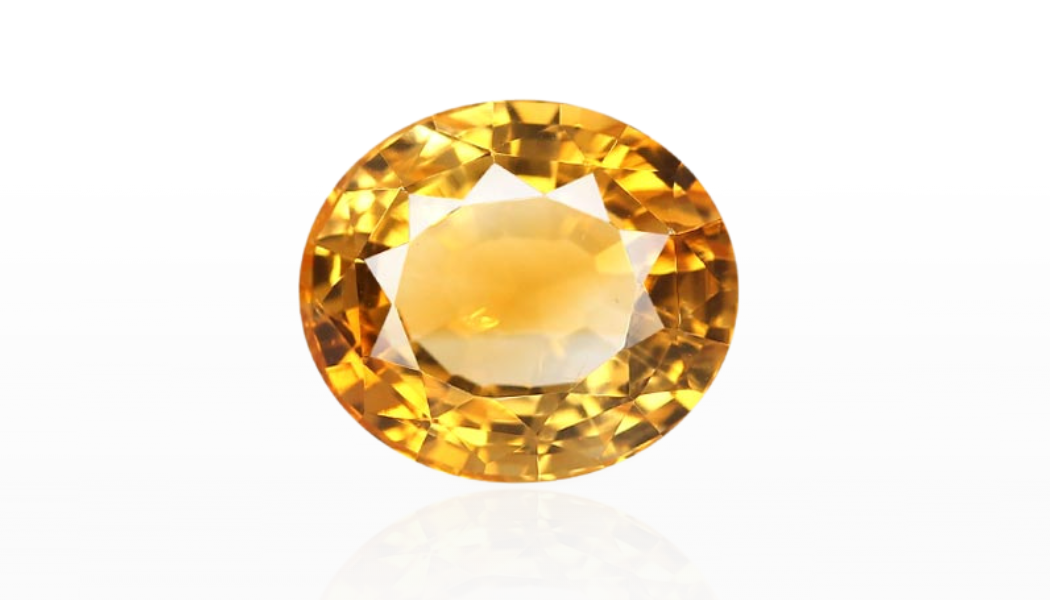
Citrine
Citrine is the transparent, pale yellow to brownish orange variety of quartz.
-
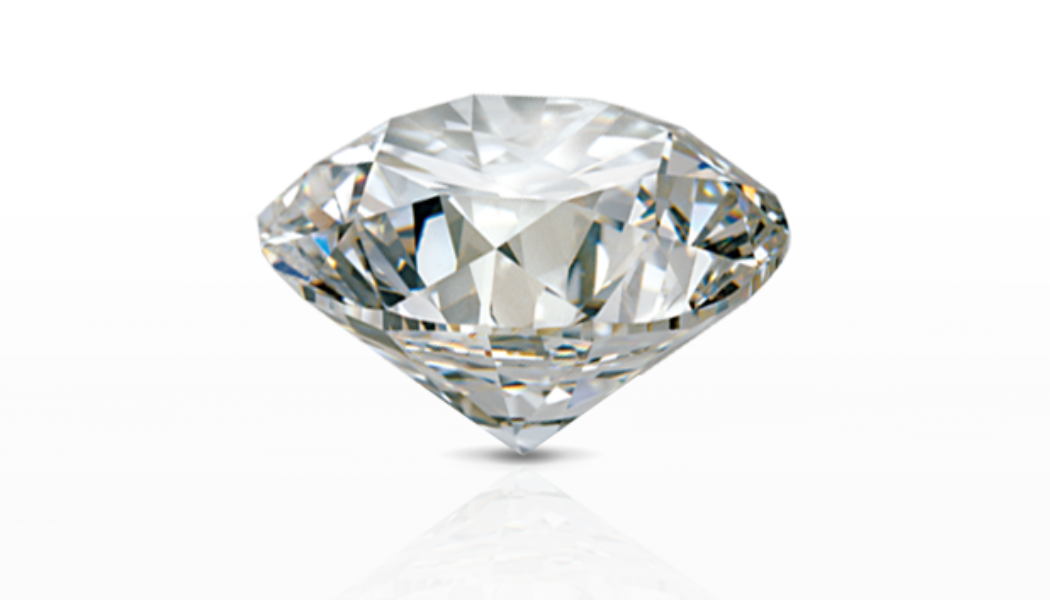
Diamond
Diamonds are among nature’s most precious and beautiful creations.
-
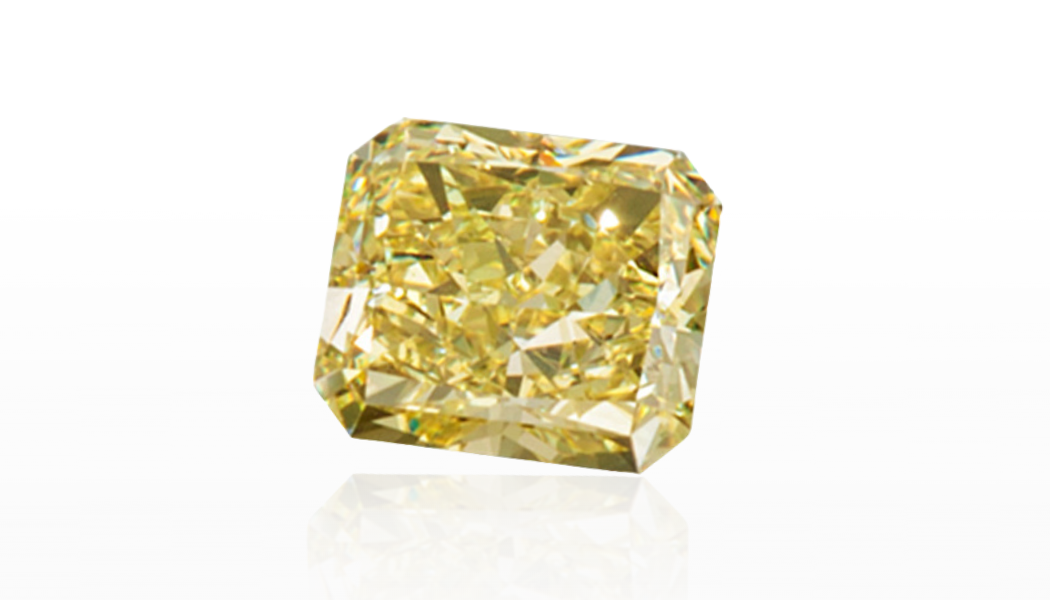
Fancy Color Diamond
Dazzling brilliance. Captivating color. The planet’s most valued gems are fancy color diamonds.
-
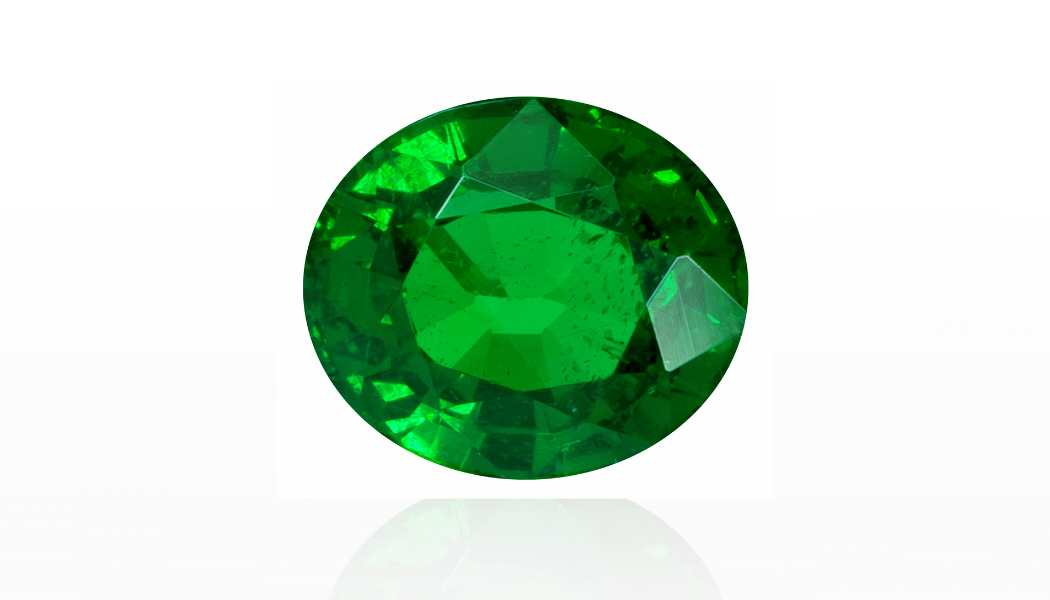
Emerald
Emerald is the bluish green to green variety of beryl, a mineral species that includes aquamarine.
-
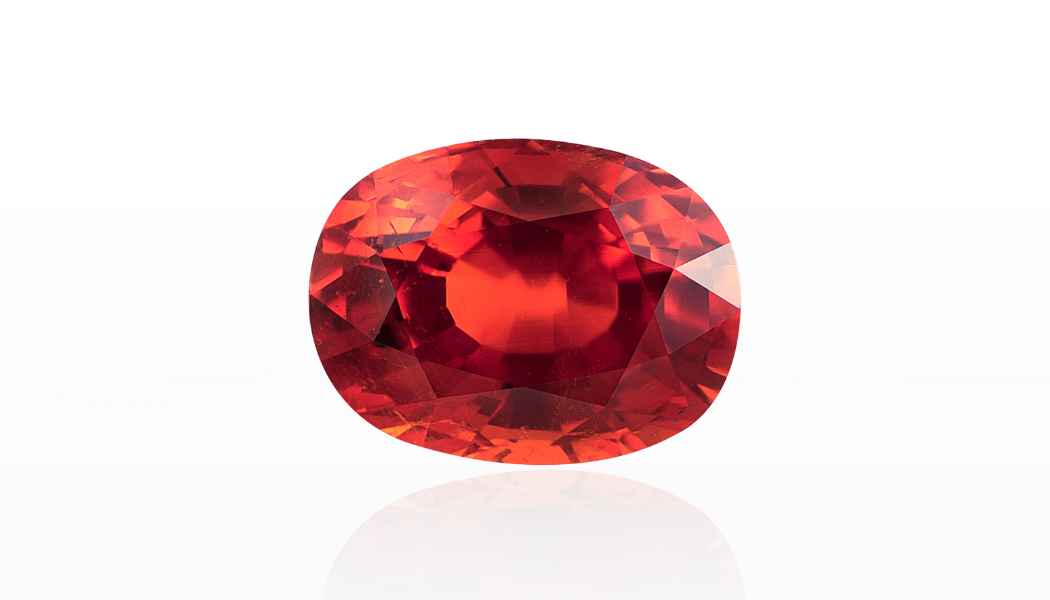
Garnet
Garnets are a set of closely related minerals forming a group, with gemstones in almost every color.
-
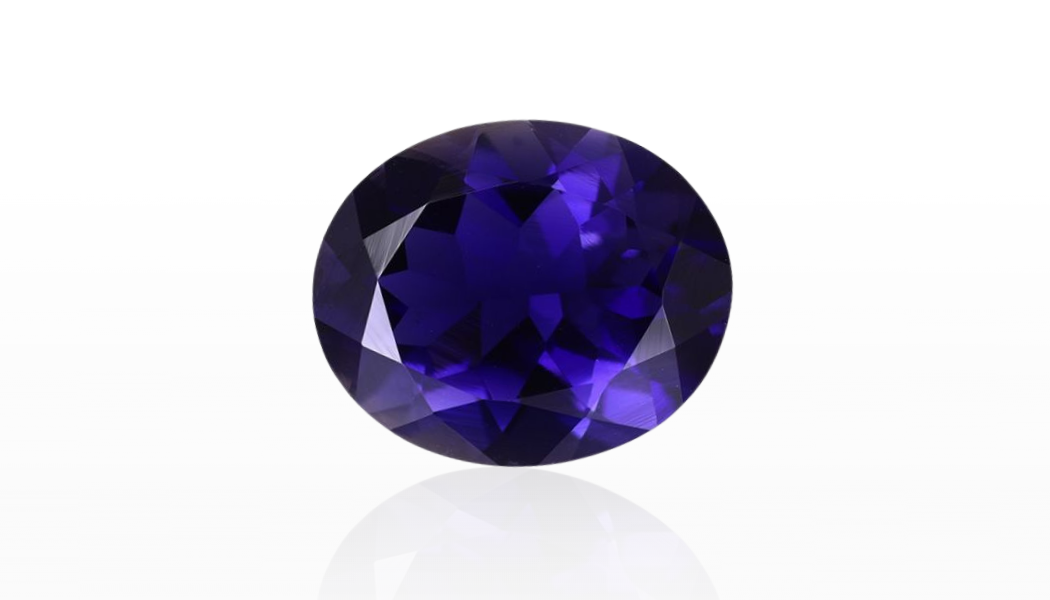
Iolite
According to legend, Vikings used iolite slices to reduce glare when checking the sun’s position.
-
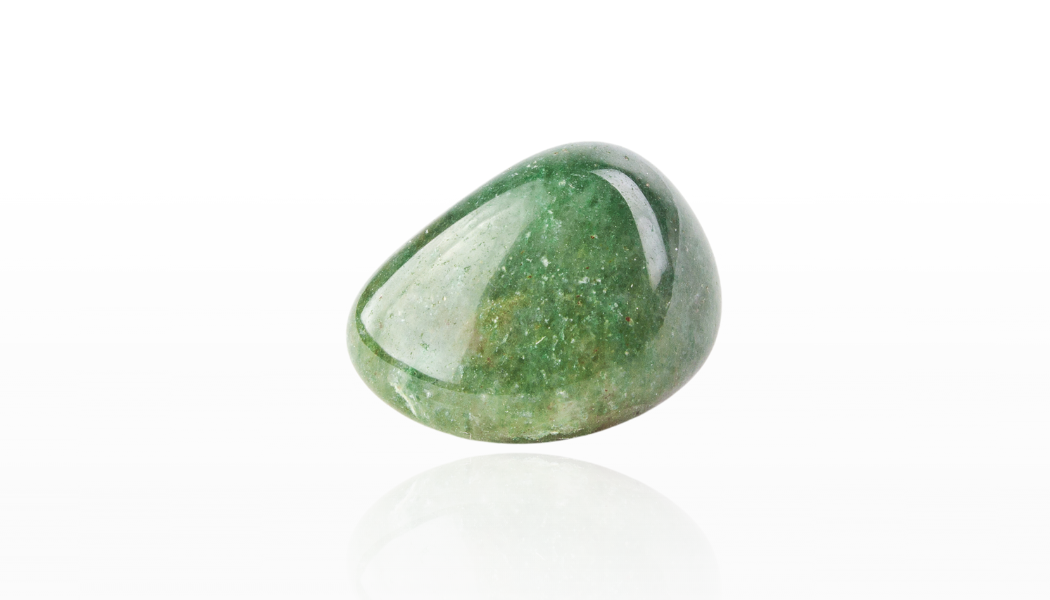
Jade
“Jade” is a generic term for nephrite, jadeite, and under certain conditions green omphacite. In China, a pierced jade disk is a symbol of heaven.
-
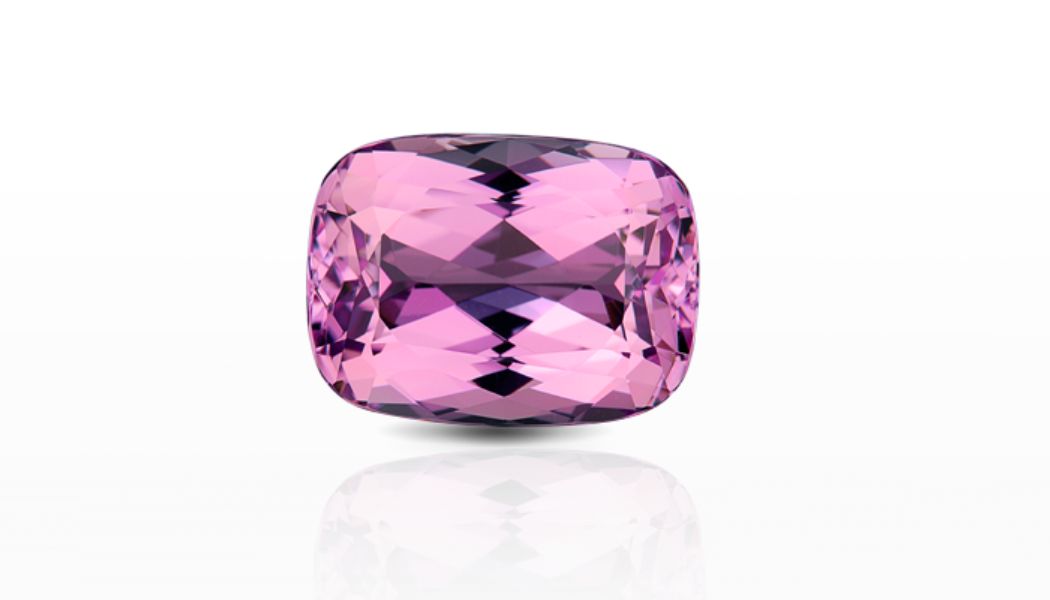
Kunzite
Collectors love kunzite for its color range, from delicate pastel pink to intense violetish purple.
-
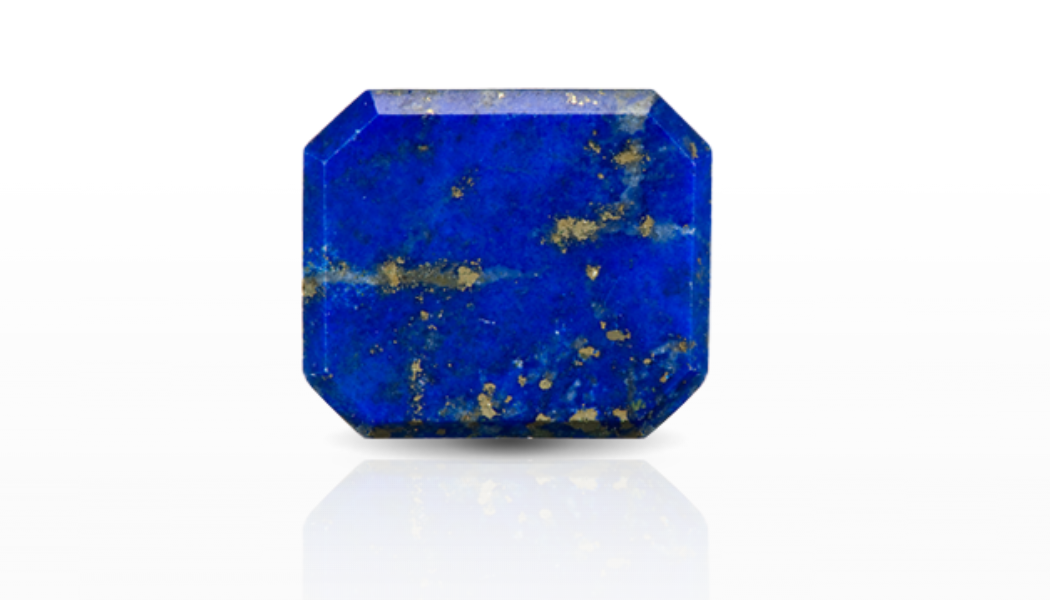
Lapis Lazuli
Lapis is a beautiful rock; an aggregate of several minerals, mainly lazurite, calcite, and pyrite.
-
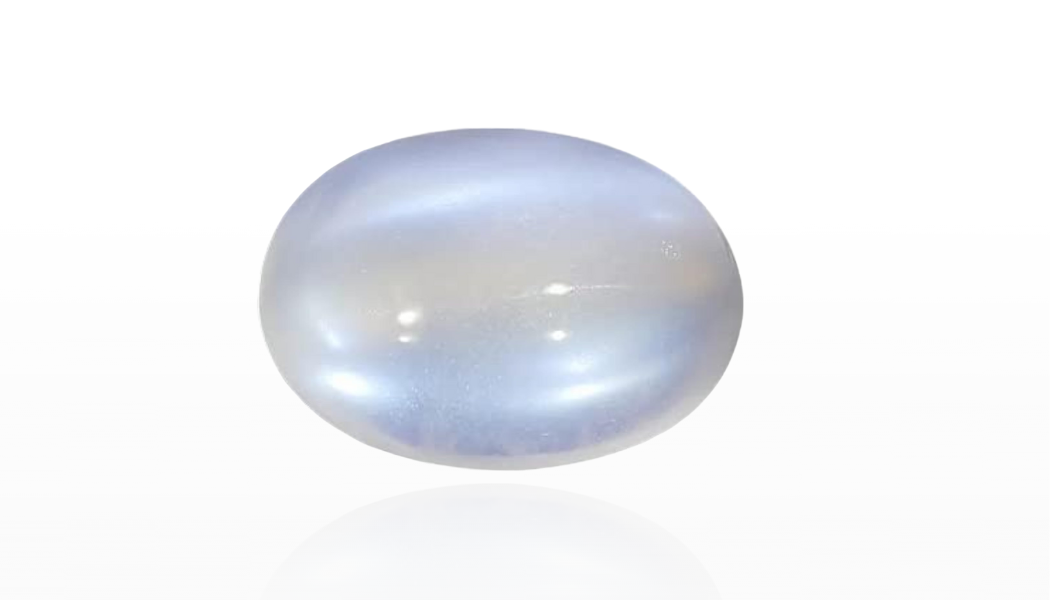
Moonstone
A ghostly sheen moves under the surface of this feldspar, like moonlight glowing in water.
-
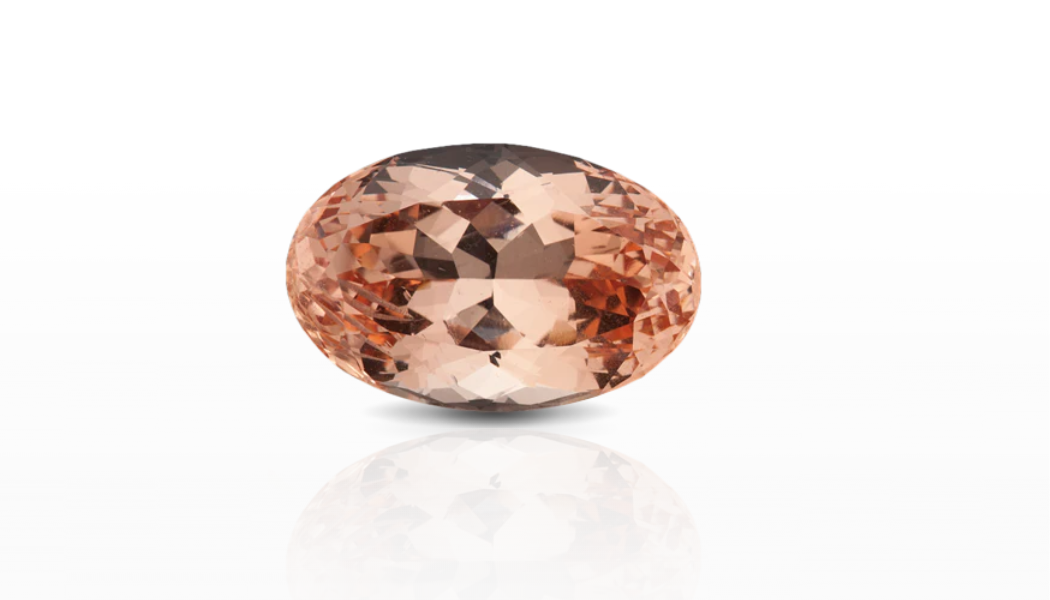
Morganite
Morganite is the pink to orange-pink variety of beryl, a mineral that includes emerald and aquamarine.
-
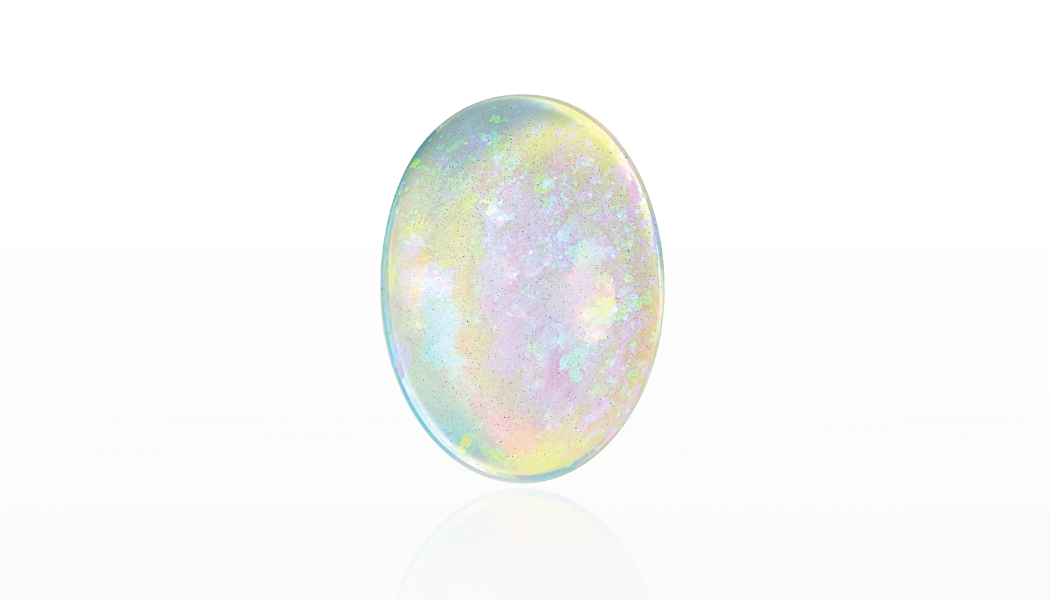
Opal
Fireworks. Jellyfish. Galaxies. Lightning. Opal’s shifting play of kaleidoscopic colors is unlike any other gem.
-
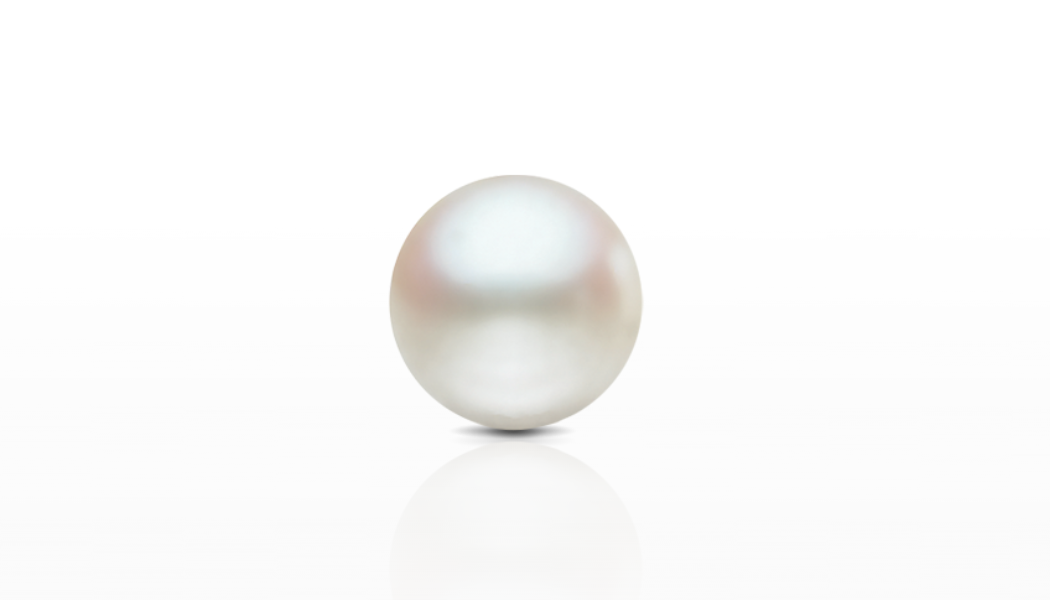
Pearl
Perfect shining spheres. Lustrous baroque forms. Seductive strands, warm to the touch. Pearls are simply and purely organic.
-
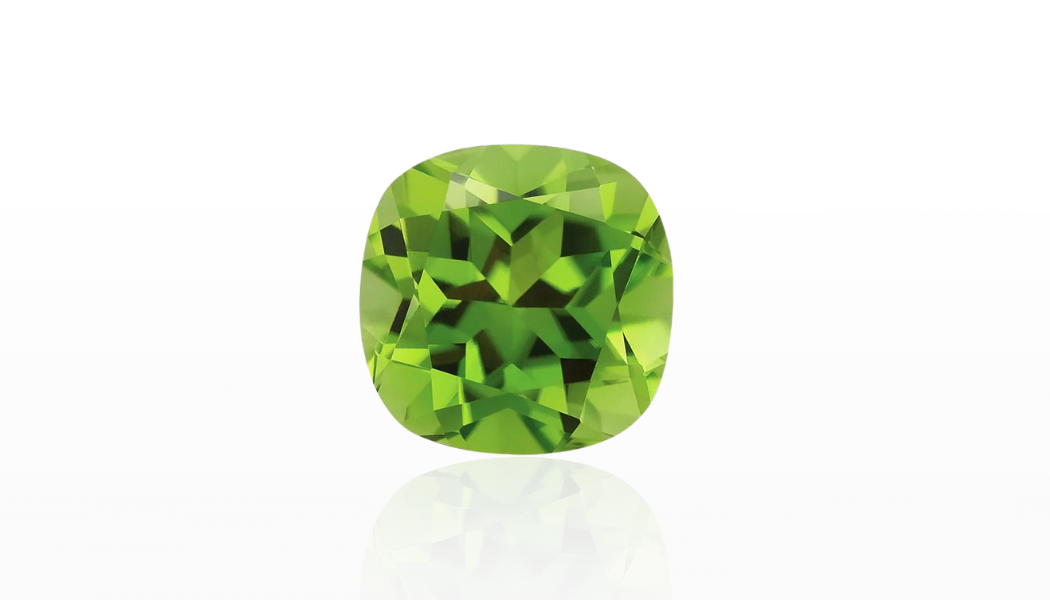
Peridot
Found in lava, meteorites, and deep in the earth’s mantle, yellow-green peridot is the extreme gem.
-
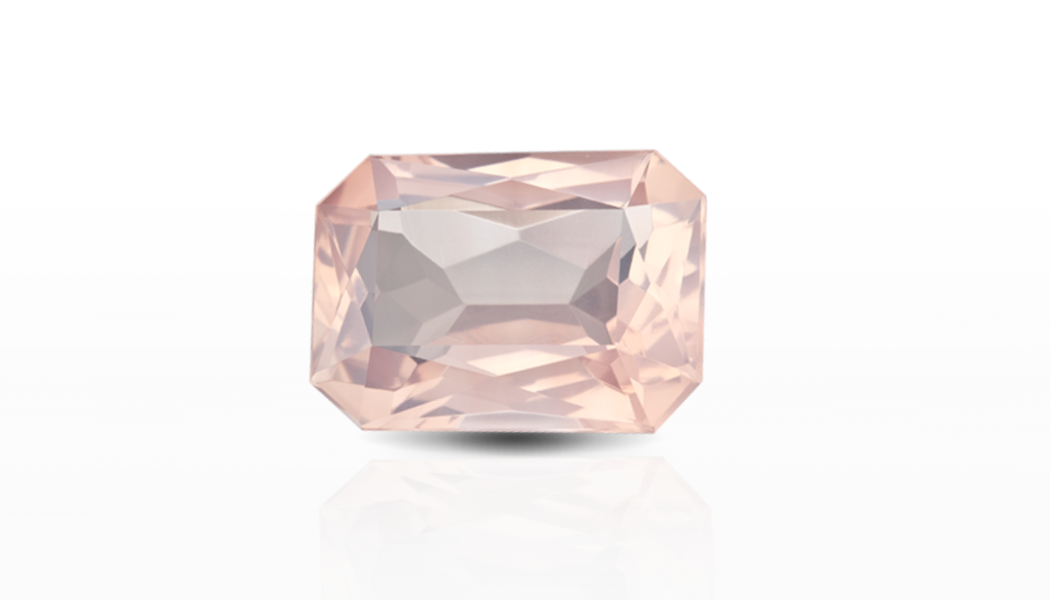
Rose Quartz
Rose quartz is a quartz variety that gets its name from its delicate pink color.
-
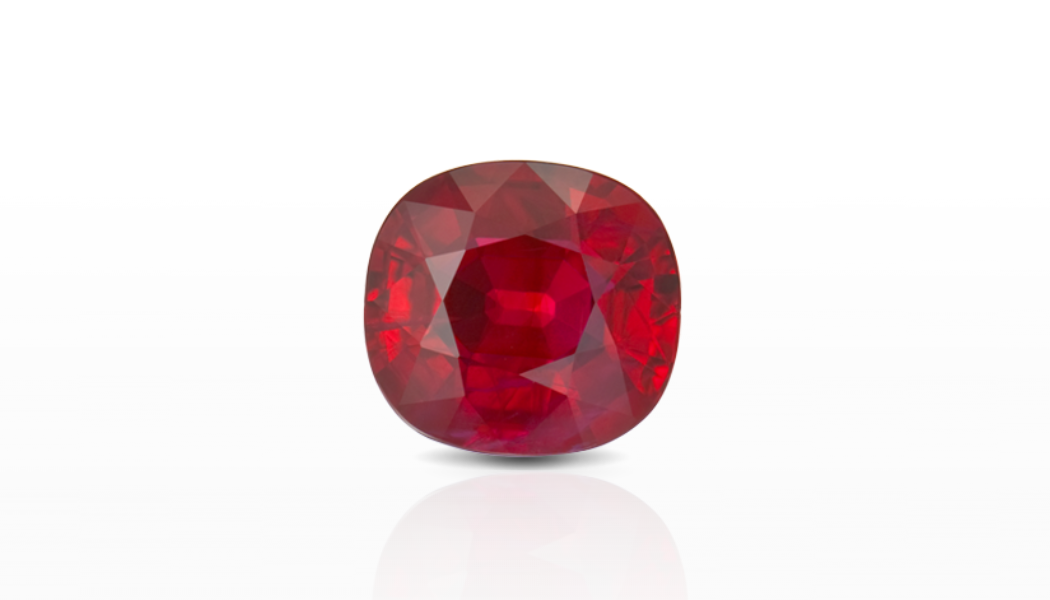
Ruby
Ruby is the most valuable variety of the corundum mineral species, which also includes sapphire.
-

Sapphire
The name “sapphire” can also apply to any corundum that’s not ruby, another corundum variety.
-
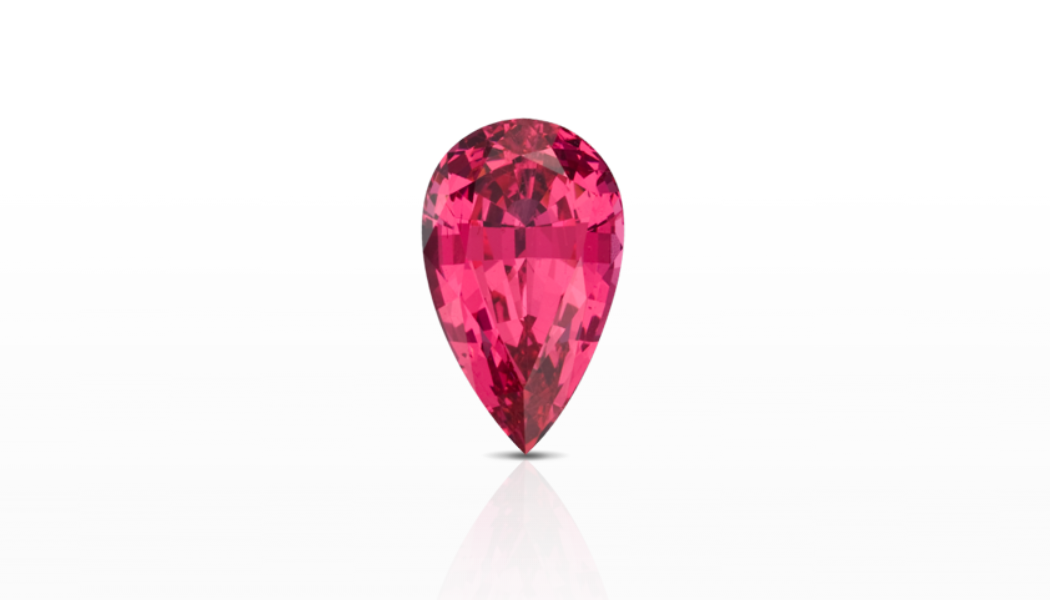
Spinel
The Black Prince’s Ruby. The Timur Ruby. For centuries, spinel, the great imposter, masqueraded as ruby in Europe’s crown jewels.
-
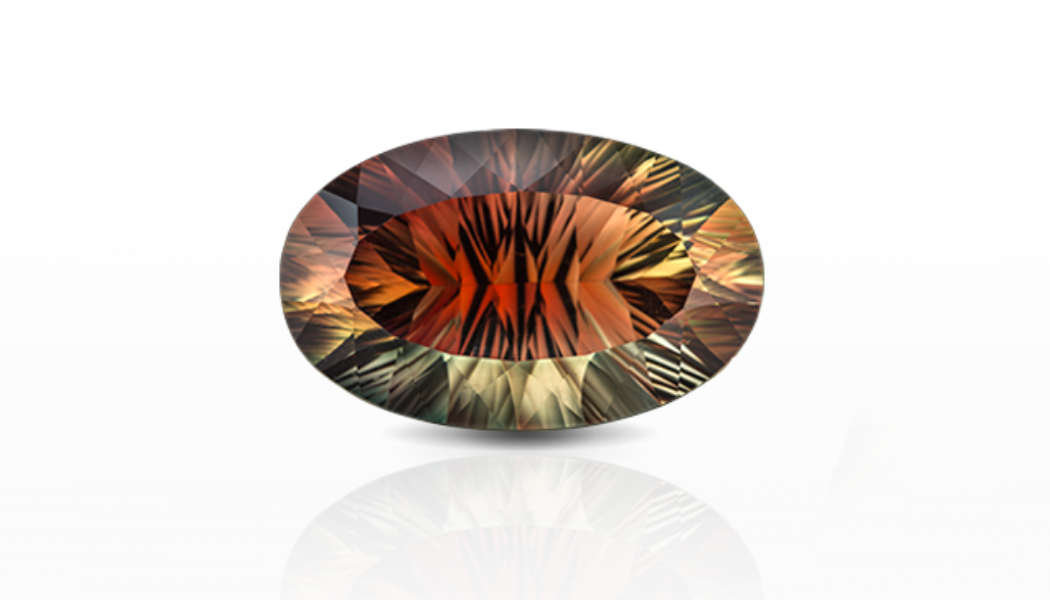
Sunstone
Sunstone’s phenomenal varieties show a distinct and lively glitter called aventurescence.
-
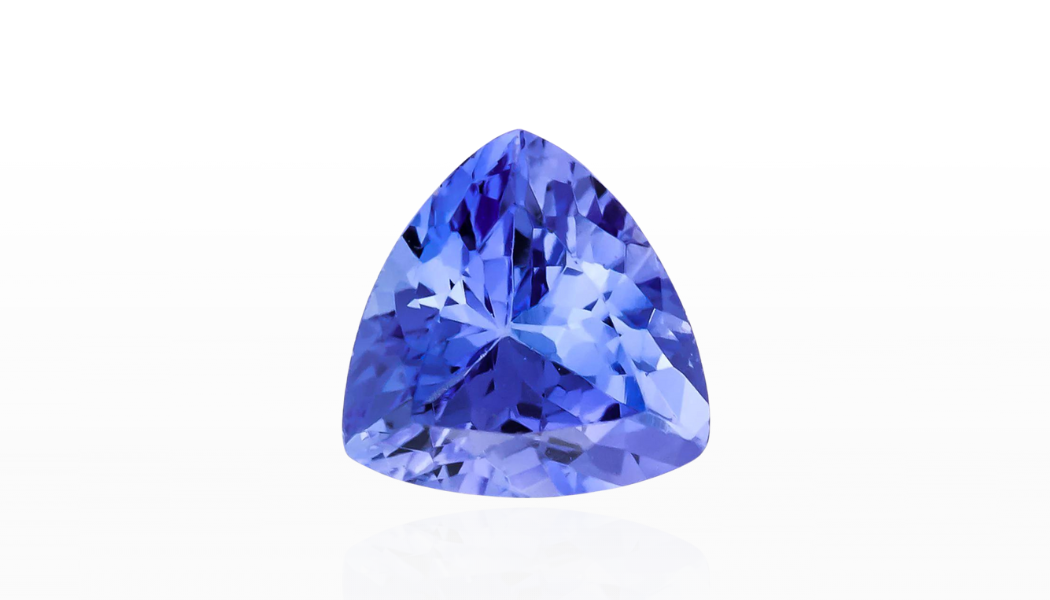
Tanzanite
Poised between lush blue, vibrant violet, and rich purple, exotic tanzanite is found in only one place on earth, near majestic Mount Kilimanjaro.
-
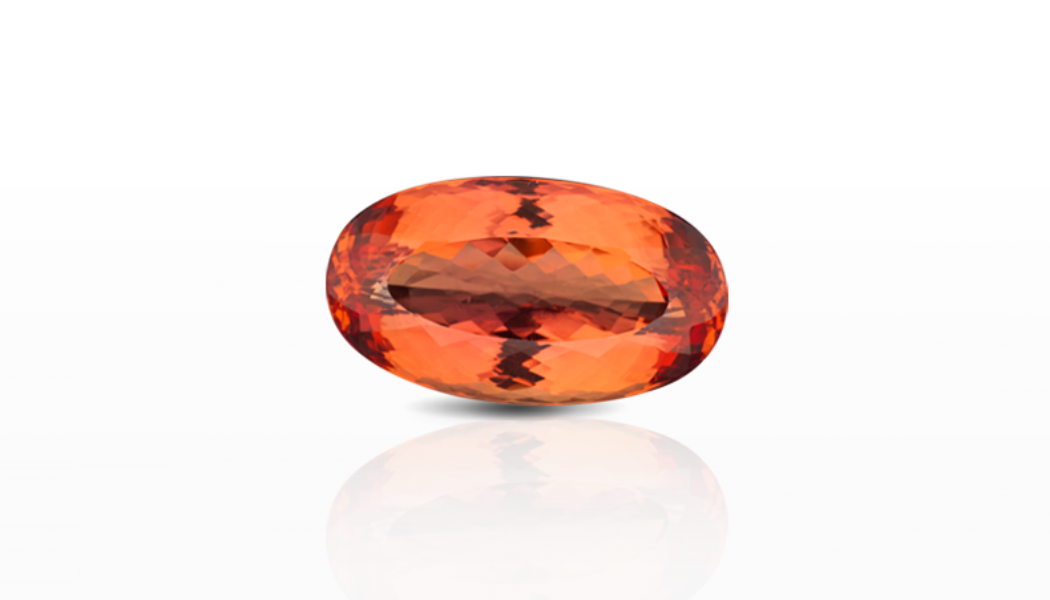
Topaz
Honey yellow. Fiery orange. Cyclamen pink. Icy blue. In warm or cool tones, topaz is a lustrous and brilliant gem.
-
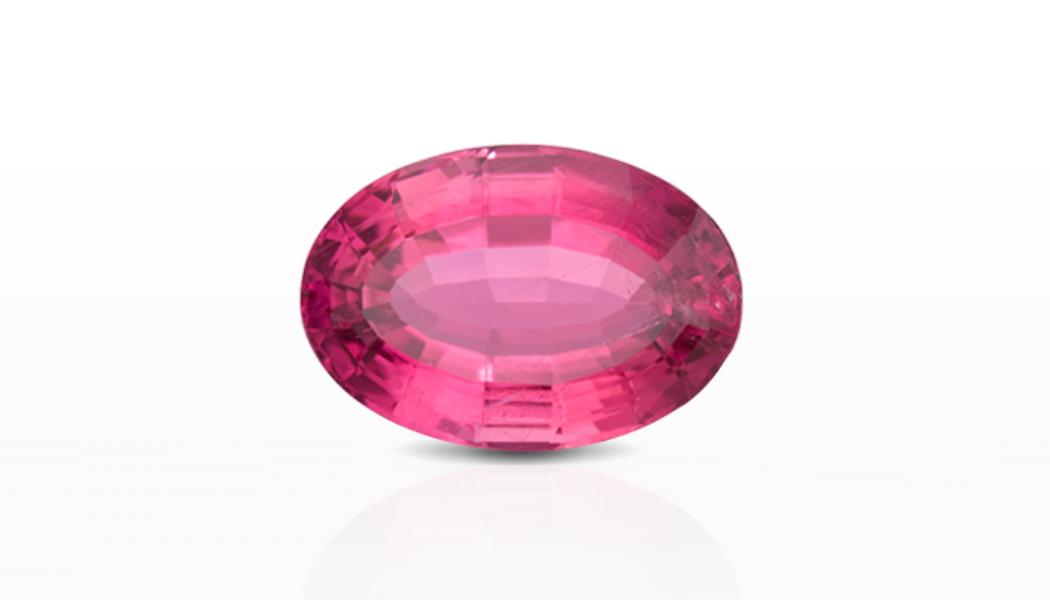
Tourmaline
Tourmalines have a variety of exciting colors with one of the widest color ranges of any gem.
-
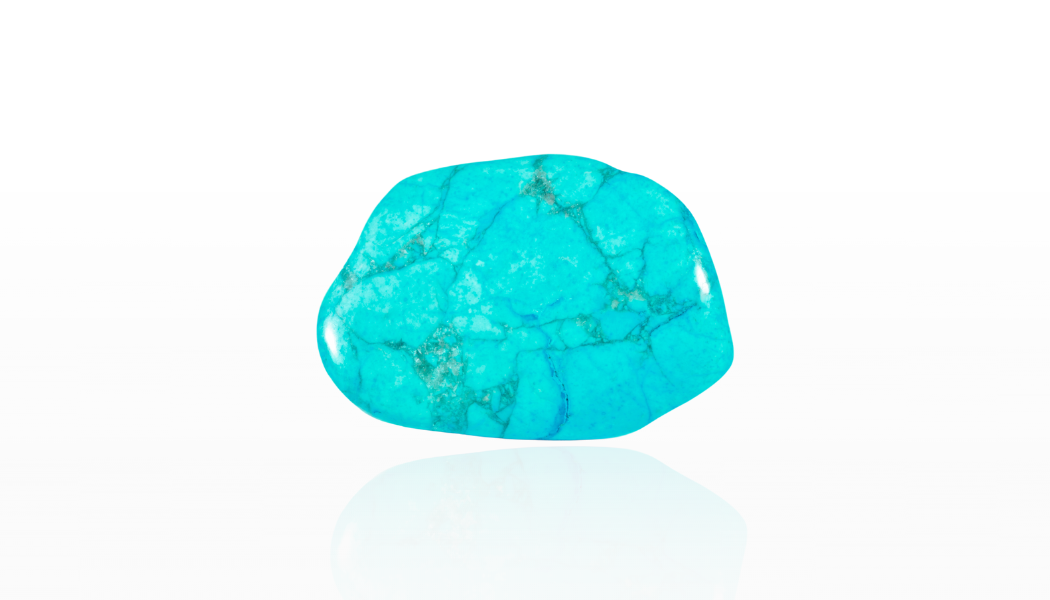
Turquoise
Azure sky, robin’s egg blue: Vivid shades of turquoise define the color that’s named after this gem.
-
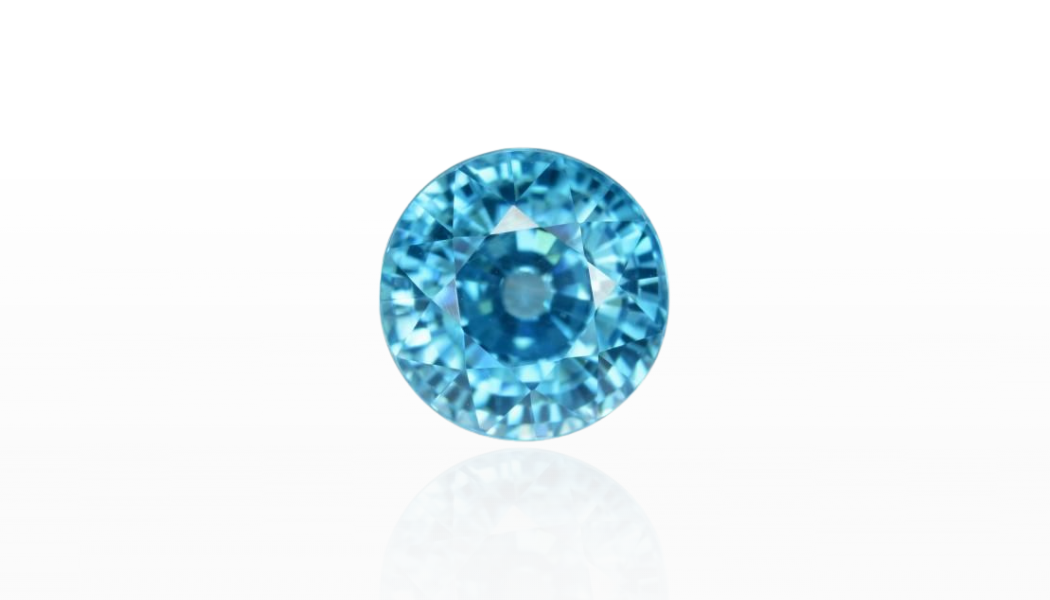
Zircon
Zircon is a colorful gem with high refraction and fire that’s unfairly confused with cubic zirconia. Known for its hues of brillant blues, warm autumnal yellows and reddish browns, as well as red and green hues.





























